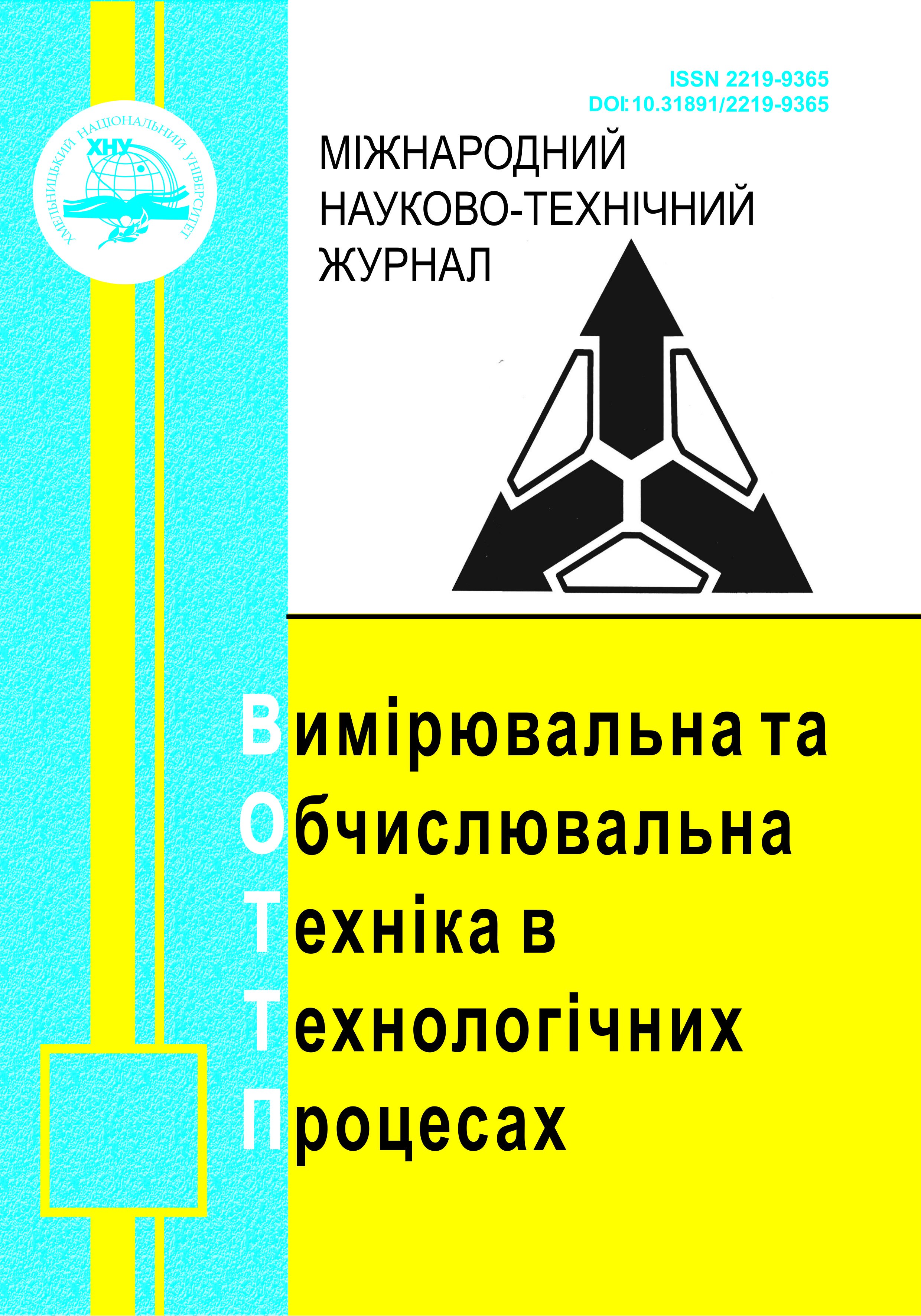MARKOV MODELS FOR DEPENDABILITYASSESSING THE OF PROGRAMMABLE DEVICES WITH CONTROLLED MULTI-LEVEL DEGRADATION: CLASSIFICATION, DEVELOPMENT AND RESEARCH
DOI:
https://doi.org/10.31891/2219-9365-2024-80-54Keywords:
programmable devices, controlled multilevel degradation, classification of reliability models, availability function, multi-fragment Markov modelsAbstract
The research focuses on the development of Markov models for assessing the availability of programmable devices (PDs), such as microcontrollers and FPGAs, that operate under controlled multi-level degradation (CLD). These models account for various reconfiguration procedures that can be employed in the event of system failures, ensuring that the system can recover and maintain functionality. The findings of this research can be summarized as follows:
First, the assumptions that the availability models for PDs belong to the class of multi-fragment Markov models (MFMM), characterized by discrete states and continuous time, have been substantiated. This class of models is particularly suited for analyzing complex systems like PDs, where components may degrade over time and require reconfiguration.
A classification of models was developed to assess the availability of PDs with CLD, incorporating the variability of different parameters that affect the system’s performance. These parameters include the levels of degradation of the PD’s resources, the means of reconfiguration, the attributes of reconfigurability, and the presence of errors during testing and reconfiguration processes. This classification enables a comprehensive evaluation of how different failure modes and reconfiguration strategies influence the availability of the device.
Additionally, the MFMM was extended to investigate the dependence of PD availability on the failure and recovery rates. The research specifically focused on how the means and procedures of structure reconfiguration can impact these rates, and consequently, the overall availability of the PD. This analysis provides critical insights into the effectiveness of various recovery mechanisms and their ability to restore PD functionality after failure.
Lastly, a model base was created to assess the reliability and survivability of PDs under controlled degradation conditions. This model base is flexible and can be expanded with new features and parameters, allowing for the continuous adaptation of the model to include advancements in PD technology or to account for emerging failure modes and recovery strategies.
The developed models offer a robust framework for assessing PD availability in real-world scenarios, particularly in applications that require high reliability and the ability to recover from partial failures. The model base also serves as a foundation for further research and development in the area of PD reliability and survivability.
Downloads
Published
How to Cite
Issue
Section
License
Copyright (c) 2024 Олександр ВДОВІЧЕНКО, Вячеслав ХАРЧЕНКО

This work is licensed under a Creative Commons Attribution 4.0 International License.

